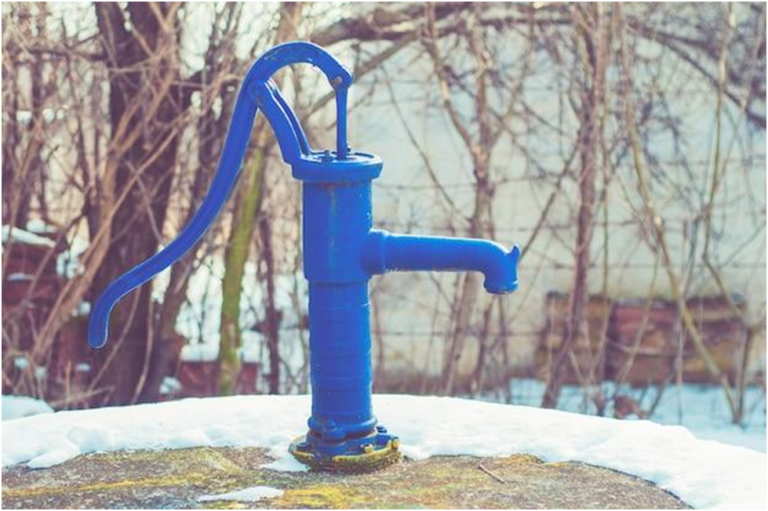Ensuring a functional pump system is crucial since every residence needs consistent access to fresh water. Over the course of their ten to fifteen-year lifespan, pumps may periodically need to be replaced, therefore homeowners should be well informed on the installation procedure.
To properly replace a well pump step-by-step, preparation and experience are needed. This manual offers a thorough rundown of all the essential steps needed to install a new well pump installation from beginning to end. It describes the steps that must be taken to restore the delivery of clean drinking water, including suggested safe work procedures and crucial testing.
Planning the Project
For a pump installation to be effective, careful planning is essential. To discuss their water demands and evaluate their current well system, homeowners should schedule a meeting with certified installers. Before starting any work, all required licenses must be secured. The installation date should also be chosen to take advantage of the best weather and convenience.
Installing Well Components
Qualified technicians assemble pipes, and fit attachments lowering the new pump into the well to supply the house. Pressure tanks and controls mounted ensuring coded installation. Electrical lines are connected safely. Once on site, the installers will carefully assemble and attach all pipes, fittings, and the new pump itself. They will lower the components into the well to deliver water to the home. Above ground, pressure tanks and controls are securely mounted according to code standards. Electrical lines are connected with strict adherence to safety protocols.
Testing the Well Pump
The system was tested by filling pipes to check for leaks at joints or connections. The pump switched on pressurizing the entire setup for further leak testing. Proper pressure levels confirmed installation success. Testing follows to verify the installed system is free of leaks. Pipes are filled with water and checked for leaks at joints or connections. Then the pump pressurizes the entire assembly by switching on while technicians monitor for issues. Proper pressure readings confirm a successful job well done.
Landscaping and Securing Equipment
Well casing protected by securing caps and covers. The electrical box is secured properly above ground. New canvas awnings installed if desired protecting equipment from elements, preserving function lifespan. To complete the project, the well casing is protected, and all equipment is securely fastened. An electrical box housing is safely situated above ground level. Canvas awnings can optionally be added to shield devices from weather exposure over time.
Obtaining Permit Approval
Installer secures final permit inspection verifying installation code compliance before use. Inspection guarantees homeowners full approval to operate the new well system safely for drinking water. The final inspection permits are obtained to be certain all work complies with installation codes. This guarantees homeowners the full approval to use their new water supply safely for drinking and household use.
Conclusion
By following the steps outlined, homeowners install efficient well systems delivering freshwater years with minimal repairs. Proper planning through finished installation ensures quality results ready for dependable daily use. Comprehending the entire procedure enables homeowners to work seamlessly with certified specialists and feel secure about the essential water supply that will serve their house for many years to come.
